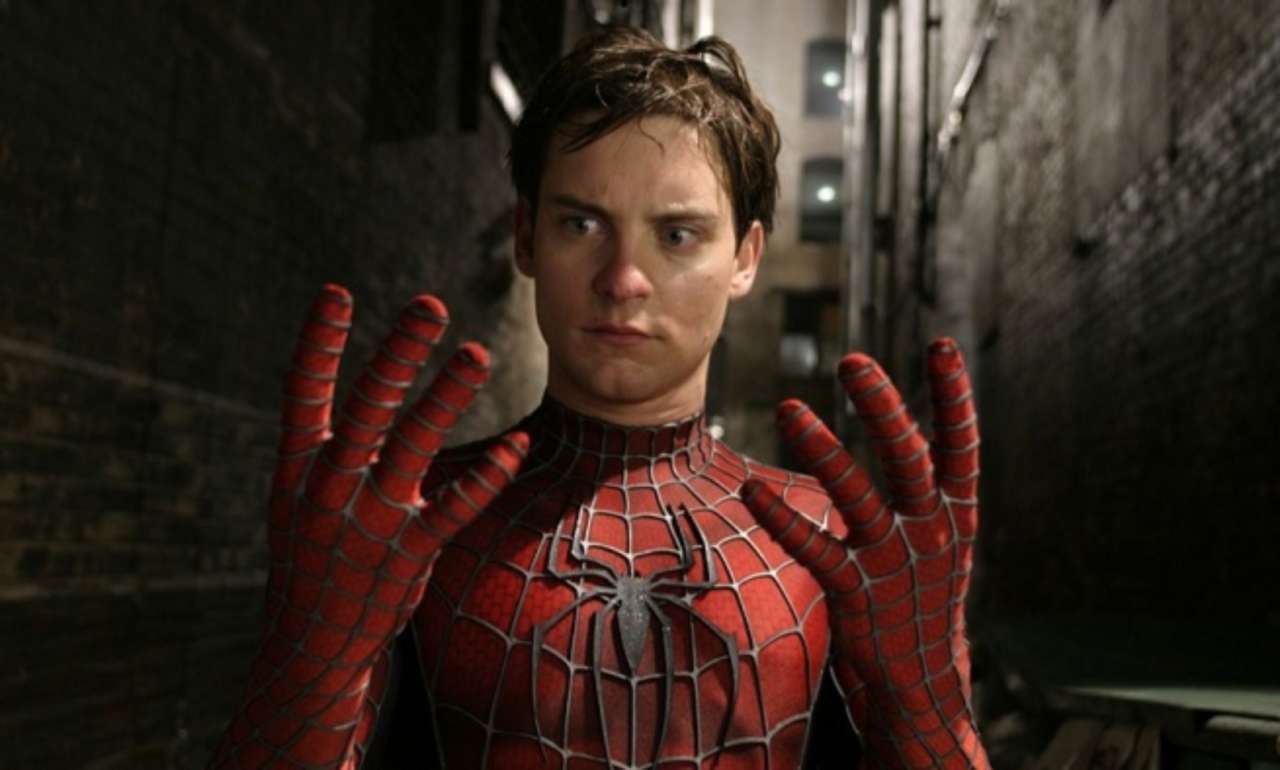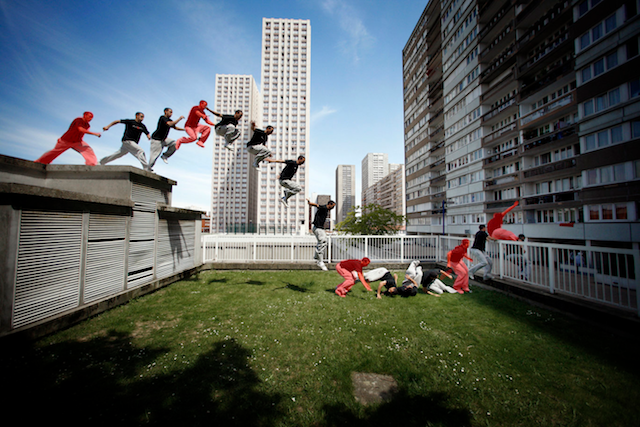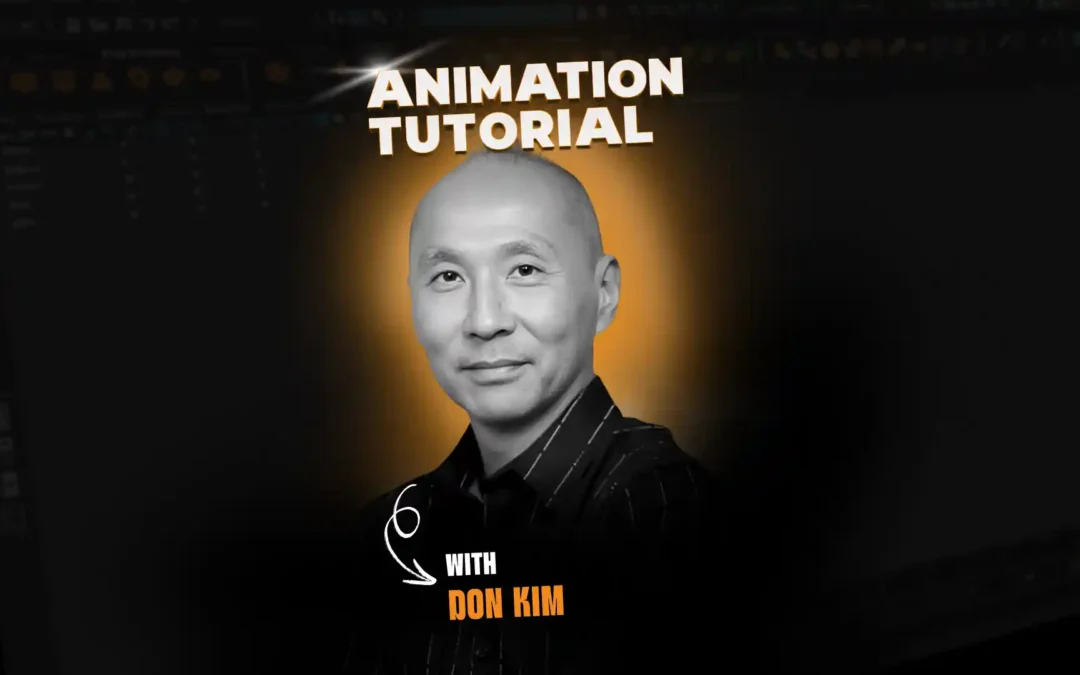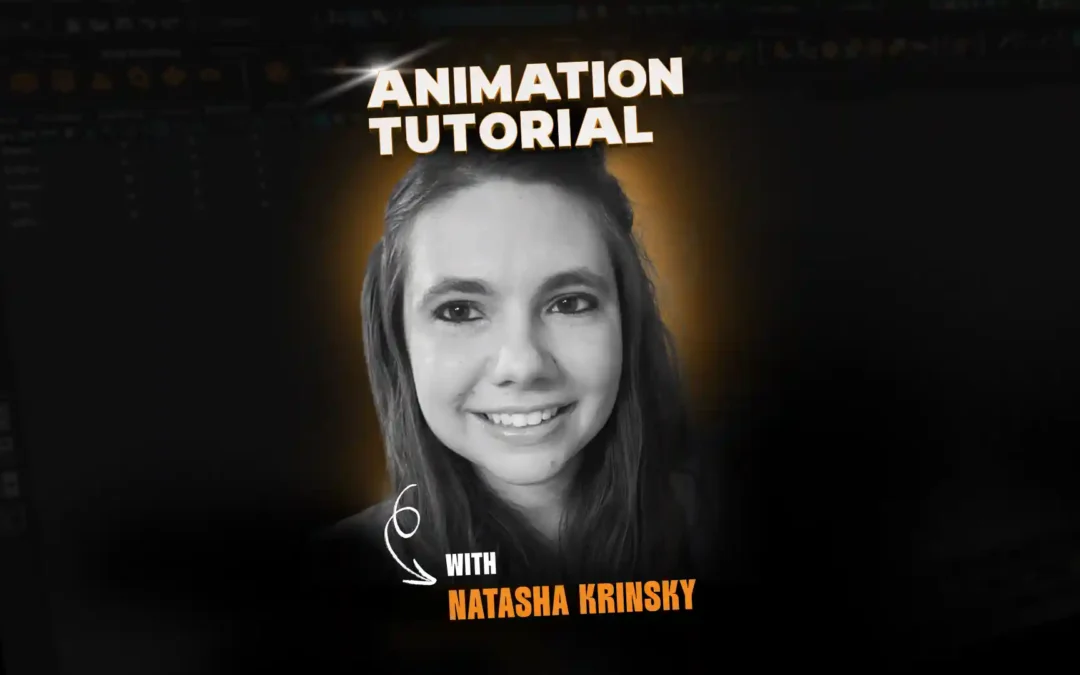
The short answer is: Whatever helps you get the shot done. The longer answer is: It varies from animator to animator and might even be different depending on the shot! Here’s how you can start thinking about your approach for different types of shots.
I have a very different workflow depending on what type of shot I’m animating. I think most people will tell you that as long as your shot looks good, there’s really no right or wrong way and I completely agree with that. We all want to do great work. So if I’m animating a realistic shot, I’ll work straight ahead, but for a character animated show I’ll work pose to pose.

Pose to Pose Action
In the world of realism, I find diving in is the best way to go. Block in some strong poses as quickly as possible and define the most important actions in the shot. You want to make sure you lead the audience’s eye to the focal points, otherwise the shot becomes unclear and muddy.
So, for a shot on Spider-Man 2 where Spider-Man and Doc Ock are falling and fighting, I choreographed the shot so it revolved around three or four very specific events. I knew, for example, that they were in the midst of a battle to the death and it had to be violent. But if I wasn’t careful, the punches and kicks could have all been lost if I didn’t highlight them with clear silhouettes.
Step #1 was to make sure the big moments of the fight were clear. I animated a simple translation as they fell down the building and animated some very clean poses along the way. I made use of contrasting poses as much as possible. So, a reverse C shape on Spider-Man rearing back for his punch, then a C curve for the strike. Those shapes were posed to the camera to get the most impact.
Spider-man vs. Doc Ock!
I also knew the tentacles needed to be active. One would grab and miss the building while others would engage Spider-Man. Finally, one would latch onto the building for a violent slam into the façade. I made sure to layer these elements in between the major fight actions between the characters, otherwise we wouldn’t know where to look.
This was one of the most challenging elements of the shot, but it was a great lesson in how to be efficient with the staging of the fight elements. Once these elements were layered in and working in a broad sense, I dove into my finessing pass. I toggled the visibility of the characters and tentacles on or off depending on what I was animating. I did this so my eye would never get distracted. Once Spider-Man and Ock were working, I turned those nasty tentacles back on one at a time. After many, many versions, I hoped to have an exciting shot in the can.
What about video reference?
Now, what about using video reference for realistic animation? Personally, I try not to use it if I’m animating human characters. Insanity you say? Perhaps. But I prefer to act out what I’m animating and feel what’s happening as opposed to trying to visually match my performance. But what works for me might not work for you!
If you have to animate a character throwing a ball, repeat the action several times and pay careful attention to what your body is doing. You don’t have to look at yourself on film to feel your body and chest leading the action with the arm lagging behind. When you sit down to animate, you can apply that knowledge in a much more meaningful way. You’ll understand the full impact of the body mechanics on all sides as opposed to just what you are looking at from the camera’s perspective. Give it a try and if you really get stuck, you can always break out the camera and tripod for troubleshooting.

Just don’t hit anyone!
My workflow for character work is pretty much the opposite. I usually do a whole bunch of thinking in the beginning. I’ll listen to the dialogue over and over until some very clear acting choices emerge, then I’ll start locking down some poses. In the beginning, I prefer to go with as few poses as possible on my first pass because that gives me more flexibility to explore new ideas.
As soon as I have some poses running with the audio track, my mind starts finding new approaches. I’m pointing this out because I don’t worry so much about ensuring the whole shot is thumbnailed or blocked out before I start. It’s a very organic workflow and not for everybody. At the very least, I don’t run into the issue of having too much going on. Sometimes an animator will put so much into that first pass, it ends up being hard to assess. This way, my shot builds naturally and I layer the detail on in subsequent passes.
Focus on poses first!
Another technique I make use of is to avoid lip sync and facial animation on my first full pass. The reason is simple. I want to focus 100% on the poses. Do they reflect his mood? Are they strong and clear? A sad face makes a character look sad, but can you achieve that without the face first? If my poses convey the emotions clearly without facial animation, then I know the addition of expressions will only serve to augment my work.
The business…
Finally, I will add most of the texture and finer detail to the shot at the very end. I guess you can call this the business of the shot. The reason I add it later is because I like to make sure the guts of my shot are successful. If I throw in a bunch of detail early on in my shot while I’m still trying to figure out the broader mechanics, then it can sometimes make it more challenging to troubleshoot. Also, it’s possible that you can put too much business in a shot. Quantity does not always equal quality.
In the end, the best workflow is whatever works best for you! Hopefully my example—along with the examples of your mentors and classmates—will help you work out your best workflow.
Want to learn from pro animators working at major studios?
Start your animation journey by learning with professional animators from a variety of studios and career paths! Get more information about Animation Mentor’s Character Animation Courses.



